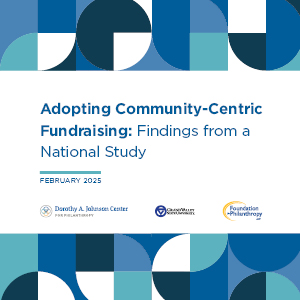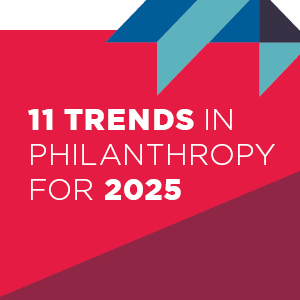Innovations in Talent Investment for Individuals, Organizations, and Communities
Nonprofits and foundations are increasingly investing in their talent through options like fellowships, remote work, sabbaticals, and distributed leadership models.


















Nonprofits and foundations are increasingly investing in their talent through options like fellowships, remote work, sabbaticals, and distributed leadership models.
In honor of Black Philanthropy Month, Marsha Morgan shares how the Community Investment Network lifts up Black philanthropy by supporting giving circles and Black donors.
As we better understand how our relationships with animals — as sources of food, labor, co-carriers of diseases, etc. — affect our health and theirs, a fast-growing sub-sector is focused on improving outcomes for all.
Did 2020 and 2021 truly represent a turning point in philanthropy? Have foundations consequently reformed their practices — and are they sustaining those changes? The answer is complicated.
To help you navigate the complex philanthropic landscape, Michael Moody highlights four simple yet key distinctions in the field.
The reopening of the federal Pell Grant program could launch a new era of higher education for people who are incarcerated.
The articles in this double issue of The Foundation Review offer intellectual, ethical, and practical frameworks for foundations in guiding their actions.
Nonprofits are taking advantage of new partnerships, tools, and technologies like data philanthropy, predictive analytics, and machine learning to demonstrate impact.
Many issues once thought of as areas of common ground, such as public health, have become polarizing topics in the U.S., and philanthropy is increasingly enmeshed in these larger culture wars.
Teri Behrens highlights the importance of infrastructure organizations, like the Johnson Center, that contribute to the effective and efficient operation of the philanthropic sector.